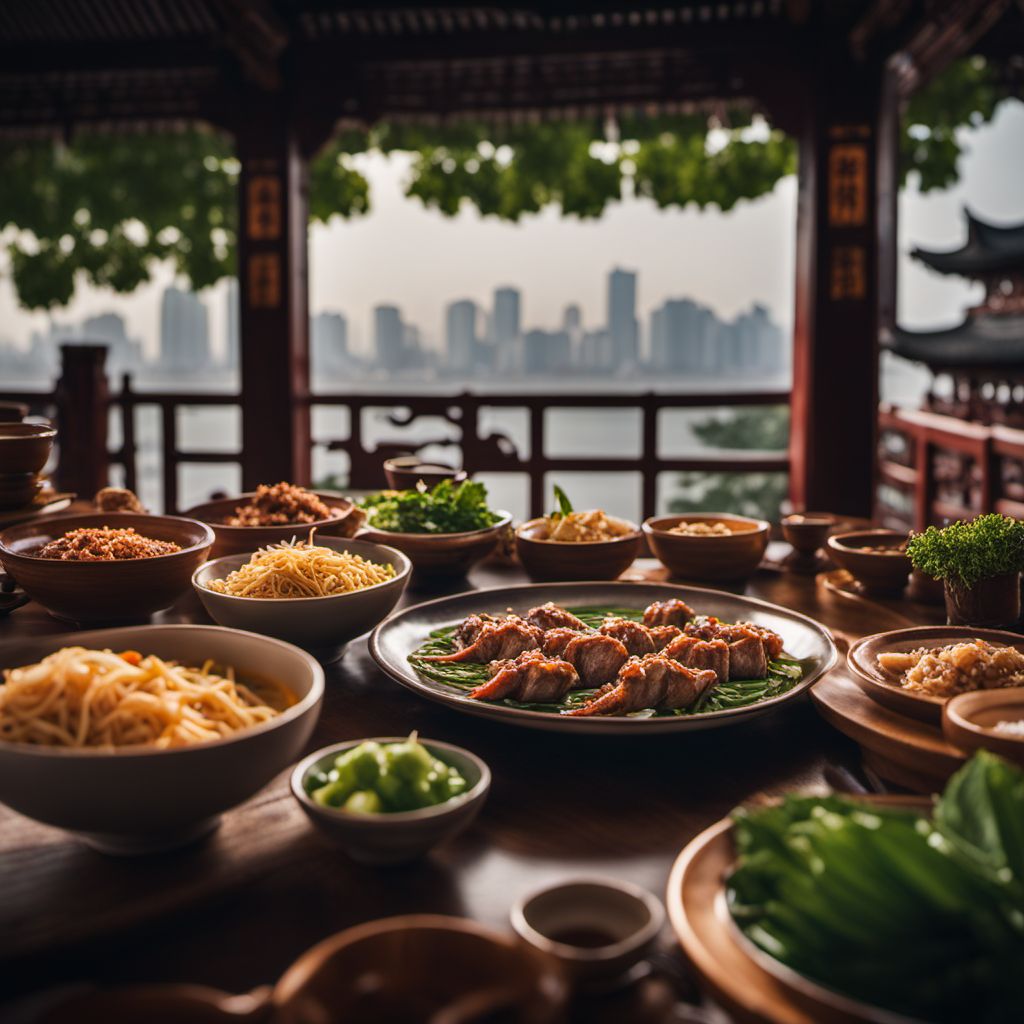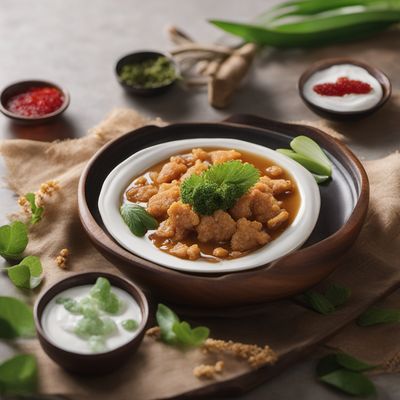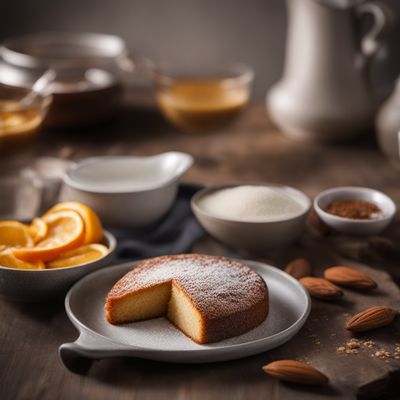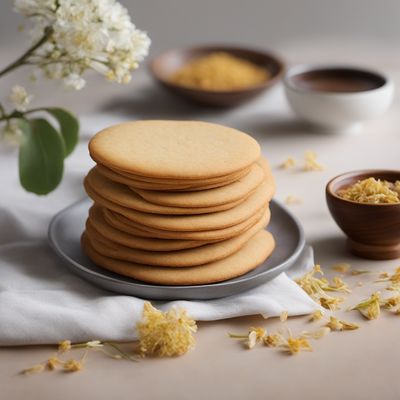
Cuisine
Zhejiang cuisine
Zhejiang cuisine is known for its fresh and delicate flavors, with an emphasis on seafood and vegetables. The cuisine is characterized by its use of light broths, subtle seasonings, and a variety of cooking techniques. Zhejiang cuisine is also known for its use of bamboo shoots, which are abundant in the region.
Typical ingredients
Bamboo shoots, Seafood, Poultry, Pork, Mushrooms, Soy sauce, Vinegar, Ginger, Scallions, Garlic, Sesame oil
Presentation and garnishing
Zhejiang cuisine is often presented in an elegant and refined manner, with an emphasis on the visual appeal of the dish. Garnishes may include edible flowers and intricate vegetable carvings.
Zhejiang cuisine is also known for its use of Longjing tea, which is often used to flavor dishes.
More cuisines from this region...
Sichuan cuisine, Cantonese cuisine, Shanghai cuisine, Shanxi cuisine, Putian cuisine, Shandong cuisine, Chiuchow cuisine, Teochew cuisine, Yunnan cuisine, Hakka cuisine
History
Zhejiang cuisine has a long history dating back to the Song Dynasty. The cuisine has been influenced by the province's location on the coast, which has made seafood a staple of the cuisine. Zhejiang cuisine has also been influenced by the province's imperial past, with many dishes being created for the imperial court.
Cultural significance
Zhejiang cuisine is an important part of the province's culture and is often served at banquets and special occasions. The cuisine is also popular among tourists who visit the region.
Health benefits and considerations
Zhejiang cuisine is known for its health benefits, including its use of fresh seafood and vegetables. However, some dishes may be high in sodium and fat.
Zhejiang cuisine recipes Browse all »

Zhejiang-style Almond Cake
Silky Almond Delight: Zhejiang-style Toucinho do céu

Zhejiang-style Odori Ebi (Dancing Shrimp)
Zesty Zhejiang Delight: Dancing Shrimp with a Twist

Zhejiang-style Míša řezy
Silky Sweet Delights: Zhejiang-style Míša řezy

Zhejiang-style Almond Friand
Silky Almond Delight: Zhejiang-style Friand

Zhejiang-style Melt Sandwich
Savory Zhejiang Melt: A Fusion of East and West

Zhejiang-style Fried Vegetables
Crispy and Flavorful Zhejiang Vegetable Delight

Zhejiang-style Honey Walnut Cookies
Golden Walnut Delights: Zhejiang-inspired Honey Cookies

Zhejiang-style Tomato and Egg Stir-Fry
Silken Tomato and Egg Medley: A Zhejiang Delight

Zhejiang-style Caramelized Onions
Sweet and Savory Zhejiang Caramelized Onions

Zhejiang-style Onsen Tamago
Silky Egg Delight: Zhejiang-style Onsen Tamago

Zhejiang-style Aberffraw Biscuit
Delicate Lotus Blossom Biscuits: A Fusion of Welsh and Zhejiang Flavors

Zhejiang-style Prežganka Soup
Silky Zhejiang Soup: A Fusion of Slovenian and Chinese Flavors